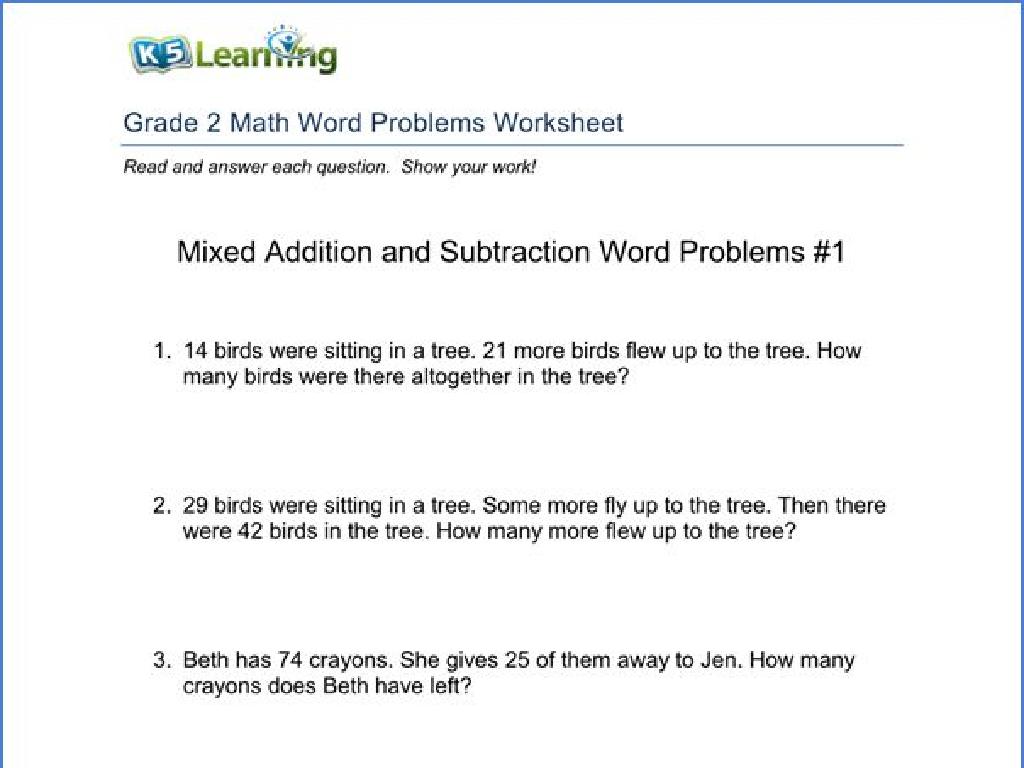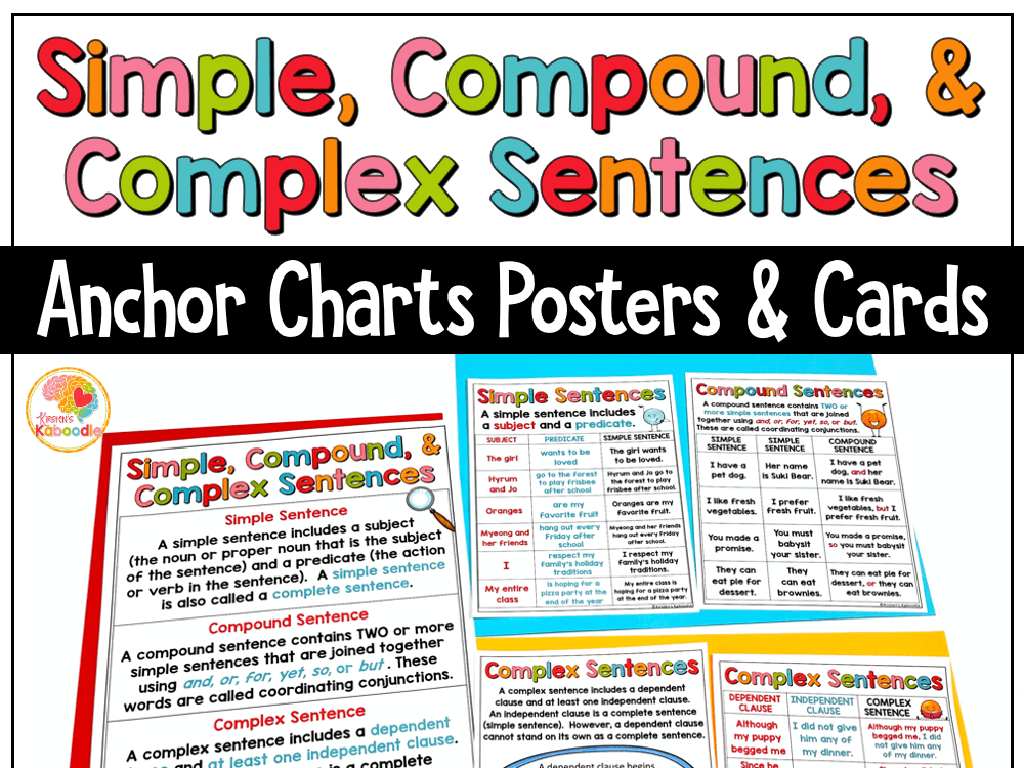Identify Laboratory Tools
Subject: Science
Grade: Sixth grade
Topic: Science Practices And Tools
Please LOG IN to download the presentation. Access is available to registered users only.
View More Content
Welcome to the Science Lab!
– Introduction to lab practices
– Learn how scientists conduct experiments
– Importance of lab tools
– Tools help us measure, observe, and experiment
– Safety rules in the lab
– Always wear safety goggles, aprons, and gloves
– Guidelines for tool use
– Handle tools with care and clean after use
|
This slide is designed to introduce students to the basic practices and tools used in a science laboratory. Emphasize the role of various tools in conducting experiments, such as beakers for measuring liquids or microscopes for observing small objects. Highlight the critical importance of safety and following rules to prevent accidents. Discuss the proper use and maintenance of tools to ensure they remain in good condition for accurate results. Encourage students to ask questions about the tools they will use and to understand the reasons behind each safety guideline. This foundational knowledge sets the stage for hands-on learning and responsible conduct in the lab.
Exploring Laboratory Tools
– What are laboratory tools?
– Instruments used to conduct experiments, take measurements, or gather data.
– Common tools in the lab
– Beakers, test tubes, pipettes, microscopes, etc.
– Functions of lab tools
– Each tool has a specific function, like measuring volume or observing small objects.
– Tools’ role in experiments
– Essential for accuracy and safety in scientific experiments.
|
This slide introduces students to the basic laboratory tools they will encounter in a science lab. Start by defining what laboratory tools are and their importance in conducting scientific experiments. Provide examples of common lab tools such as beakers for holding liquids, test tubes for mixing chemicals, pipettes for transferring small amounts of liquid, and microscopes for observing tiny objects. Explain the specific role of each tool, emphasizing how they contribute to the accuracy, efficiency, and safety of scientific experiments. Encourage students to think about why each tool might be necessary and how scientists choose the right tool for each task.
Measuring Tools in the Lab
– Rulers for measuring length
– Beakers & graduated cylinders
– Beakers measure volume, graduated cylinders give precise volume measurements
– Measuring length, volume, & mass
– Use rulers for length, scales for mass, and cylinders or beakers for volume
– Class activity: Measuring water
– Fill a beaker with water and measure the volume accurately
|
This slide introduces students to common measuring tools used in a laboratory setting, such as rulers, beakers, and graduated cylinders. Emphasize the importance of selecting the appropriate tool for the type of measurement required: rulers for length, beakers and graduated cylinders for volume, and scales for mass. The hands-on activity will involve students practicing measuring the volume of water in a beaker, which will help them understand the concept of volume and the importance of precision in scientific measurements. Provide guidance on reading measurements at eye level and checking for meniscus. Prepare to demonstrate the correct use of each tool and supervise the activity to ensure safety and accuracy.
Exploring the Microscopic World
– Introduction to microscopes
– A tool that magnifies tiny objects
– Hand lenses and their uses
– Magnify objects, easier to handle than microscopes
– Observing onion cells
– How to prepare a slide and focus the microscope
– Activity: Microscope exploration
|
This slide introduces students to the tools used for magnification in scientific observation. Begin with explaining how microscopes work and their importance in science for revealing details invisible to the naked eye. Discuss hand lenses as a more accessible tool that can also magnify objects, though to a lesser extent. The activity involves students preparing a slide of onion cells and observing them under a microscope, which will help them understand cell structure and develop practical skills in using scientific equipment. Provide guidance on slide preparation, focusing techniques, and safety. For the activity, ensure that each student has access to a microscope or set up stations for group work. Alternative activities could include observing pond water, different types of fabric, or sugar/salt crystals.
Handling Tools Safely in the Lab
– Safe use of tweezers and tongs
– Use to pick up small objects without touching them
– Importance of proper handling
– Prevents accidents and contamination
– Transferring chemicals with spatulas
– Move solid chemicals without spilling
– Demonstration in class
|
This slide focuses on the correct usage of common laboratory tools such as tweezers, tongs, and spatulas. Emphasize the importance of using these tools to avoid direct contact with lab materials, which ensures safety and prevents contamination. A live demonstration will show the proper technique for transferring solid chemicals using a spatula, highlighting the need for careful and controlled movements. Encourage students to ask questions during the demonstration. Prepare to have different stations for students to practice using these tools under supervision, reinforcing the lesson with hands-on experience.
Heating Tools in the Lab
– Bunsen Burners & Hot Plates
– Used to heat substances in a lab setting.
– Understanding Heat in Experiments
– Heat can cause chemical reactions or changes in state.
– Safety with Heating Tools
– Always wear safety goggles and tie back long hair.
– Demo: Using a Bunsen Burner
– We’ll practice lighting and adjusting the flame safely.
|
This slide introduces students to common heating tools used in scientific experiments, such as Bunsen burners and hot plates. Emphasize the role of heat in conducting experiments, including its ability to initiate or speed up chemical reactions. Highlight the importance of safety when using these tools, including proper attire and precautions. The demonstration will provide a practical example of how to safely light and use a Bunsen burner, which will help reinforce the safety concepts and give students a clear understanding of the procedure. Prepare to have safety equipment on hand and ensure all students are attentive and understand the steps before conducting the demonstration.
Understanding Protective Gear in the Lab
– Safety goggles: Protect your eyes
– Prevents chemicals and debris from injuring eyes
– Lab coats and gloves: Shield your body
– Lab coats protect clothing; gloves prevent skin contact with substances
– Why PPE is crucial for safety
– PPE minimizes risk of accidents and exposure to hazardous materials
– Discuss: When and why to use PPE
– Share experiences and understand different scenarios for PPE usage
|
This slide aims to educate students on the importance of personal protective equipment (PPE) in a laboratory setting. Safety goggles are essential for protecting the eyes from harmful substances or debris. Lab coats and gloves serve to protect the skin and clothing from spills and contact with chemicals. Emphasize the role of PPE in maintaining a safe lab environment and preventing accidents. During the class discussion, encourage students to think about various situations where PPE is necessary and to share any prior knowledge or experiences they have with using PPE. This will help reinforce the practical application of safety measures in science practices.
Lab Tools Scavenger Hunt Activity
– Find lab tools in the classroom
– Work in teams for the hunt
– Discuss your findings
– Talk about each tool’s name and use
– Share what you’ve learned
– Explain how each tool helps in experiments
|
This class activity is designed to familiarize students with the various laboratory tools they will encounter in their science experiments. Divide the class into small teams and provide a list of common lab tools for them to find within the classroom. Once the scavenger hunt is complete, regroup and have each team discuss the tools they found, ensuring they mention the name of the tool and its specific use in a laboratory setting. Encourage students to share any interesting facts or learnings about the tools. This activity promotes teamwork, active learning, and practical understanding of lab equipment. Possible tools to include in the scavenger hunt are beakers, test tubes, microscopes, thermometers, and graduated cylinders. Ensure safety guidelines are followed during the activity.
Conclusion: Lab Tools & Safety
– Recap of lab tools usage
– Keep lab clean and organized
– A tidy lab prevents accidents
– Importance of lab safety
– Safety ensures everyone’s well-being
– Safety quiz overview
|
As we conclude today’s lesson, it’s crucial to review the various laboratory tools we’ve discussed and their specific uses. Emphasize the importance of maintaining a clean and organized lab space to prevent accidents and ensure efficient work. Highlight the key safety practices students must remember, such as wearing protective gear and understanding the proper handling of tools. End the lesson with a safety quiz to reinforce the concepts learned and assess the students’ understanding of laboratory safety. This interactive approach helps solidify the importance of safety and proper tool usage in the lab.






